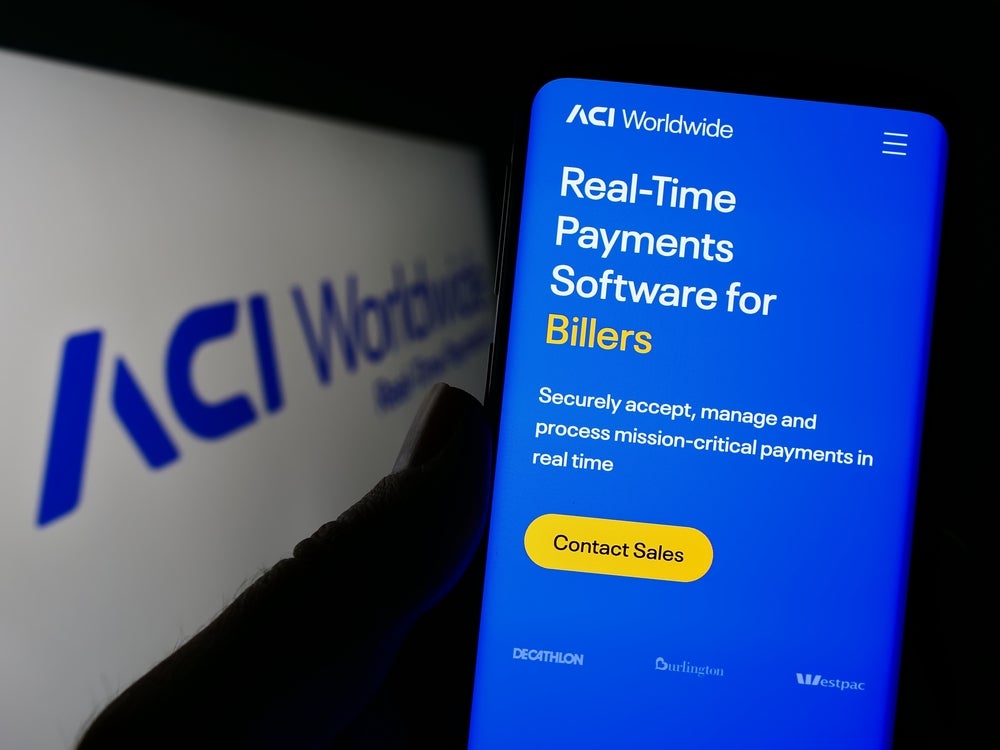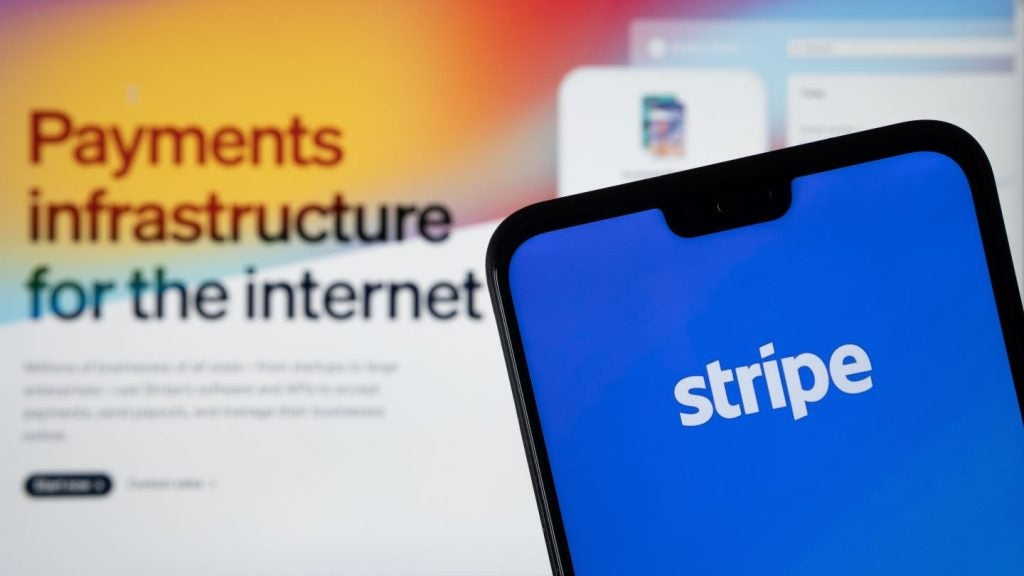
Global real-time payments growth has reached sustainable levels with 266.2 billion real-time payments transactions recorded in 2023. This represents year-over-year (y-o-y) growth of 42.2%. The finding is revealed in the 2024 Prime Time for Real-Time report, published by ACI Worldwide, in partnership with GlobalData, publishers of EPI.
Previous reports highlighted the economic benefits of real-time payments and consumer uptake around the world. This year’s report is now in its fifth edition.
It takes a deep dive into some of the world’s leading real-time payments markets. The report also highlights the factors that have enabled those countries to build successful end-to-end real-time payments ecosystems.
In addition, it reveals that many of the newer market entrants around the globe are quickly catching up. And it notes that lawmakers and central banks around the world are pushing for adoption, determined to reap the economic benefits of real-time payments and drive financial inclusion for their citizens.
Prime Time for Real Time report: key takeaways
- Globally, 575.1 billion real-time transactions are forecast by 2028. This represents a 2023-2028 compound annual growth rate (CAGR) of 16.7%. By 2028, real-time payments are expected to account for 27.1% of all electronic payments globally.
- India continues to dominate the global real-time payments market, with 129.3 billion transactions in 2023. The figure is more than the rest of the world’s top 10 real-time payments markets combined. Of all electronic payments made in India, 84% are now real-time.
- Brazil saw a remarkable y-o-y growth of 77.9% in 2023, with 37.4 billion real-time payments transactions. Brazil is the undisputed real-time payments leader in Latin America, responsible for 75% of all transactions in the region. Other Latin American countries are pushing ahead with real-time payments modernisation initiatives, looking to replicate Brazil’s success. Peru and Colombia are predicted to have the highest 2023-2028 CAGRs in the region, with 51.2% and 42.6%, respectively.
- Asia Pacific is the largest real-time payments market, with 185.8 billion transactions in 2023, representing 24.0% of all electronic payments in the region. With four of the top five real-time payments markets by volume, the APAC region is projected to see over 351.5 billion real-time transactions by 2028, a 2023-2028 CAGR of 13.6%.
- The Middle East is the fastest-growing real-time payments market globally. Oman, Kuwait and Qatar all launched schemes in 2023, joining more established regional players like Saudi Arabia, Bahrain and UAE. The 2023-2028 CAGR for the region is 28.8%. Transactions are expected to rise from 855 million to 3.0 billion by 2028.
- The European Union Instant Payments Regulation, passed in February 2024, is expected to drive instant payments volume across the Single Euro Payments Area. This includes the 27 EU member states. By 2028, instant payments are forecast to account for 13% of all electronic payments in Europe, up from 8% in 2023.North
- America is a major growth market to watch. This is primarily due to the launch of the FedNow service in the US. in 2023, with a projected 2023-2028 CAGR of 27.1%.
- Nigeria is the undisputed real-time payments leader in Africa, another major growth market. The country recorded 7.9 billion transactions in 2023. Real-time payments had an impressive 82.1% share of all electronic payments in 2023.
Lessons from the most successful real-time payments markets
For the first time, this year’s report takes a deep dive into five of the most successful real-time payments markets worldwide. It analyses the factors that have fuelled growth of real time payments in India, Brazil, Indonesia, Malaysia, and Netherlands. It also features use cases that have allowed those countries to develop thriving real-time payment ecosystems with the power to transform businesses and improve consumers’ lives.
The power of collaboration
Whether by government mandate or industry consensus, real-time payments systems thrive through active collaboration. Financial institutions, payment service providers, central banks and government institutions, merchants and third-party stakeholders must work together to build and operate successful real-time payments ecosystems.

US Tariffs are shifting - will you react or anticipate?
Don’t let policy changes catch you off guard. Stay proactive with real-time data and expert analysis.
By GlobalDataOpen and inclusive payments ecosystems
The most successful real-time payments markets are fostering fintech-rich environments. The research shows that fintechs and smaller banks play an increasingly significant role in the real-time payment ecosystems of the world’s leading markets. Larger banks will need to reevaluate strategies and forge new partnerships with fintechs to remain competitive in the rapidly growing real-time payments markets across the world.
Strong incentives for merchants
Merchant adoption and uptake are crucial for real-time payments growth. The Indian government, for example, removed merchant discount rates and issued all merchants with QR codes for UPI acceptance. This actively incentivises merchants of all sizes to accept UPI payments.
Constant flow of new, user-friendly use cases
Real-time payments thrive in countries where innovative use cases have found mass adoption by consumers or businesses. Whether utility or tax bills, transport tickets or road tolls, subscription payments, or the weekly grocery shop, consumers in the most successful markets are now paying in real time.
Cross-border real-time payments links are the next big frontier
Efforts to extend real-time to cross-border payments are finally paying off, and Asian countries are leading the way. Payments using India’s popular UPI scheme can now be made in Malaysia, Indonesia, UAE and France. Users of Malaysia’s DuitNow can now make QR code real-time payments from Indonesia, Singapore, Thailand and China.
Real-time payments fraud
Generative AI is changing the nature and scale of fraud attacks, but the industry is rising to the challenge. Consumer rights initiatives, education programmes and government interventions—combined with new AI-based anti-fraud technology and methods—are starting to make an impact.
“This year’s report highlights the key success factors that have allowed some countries to forge ahead with real-time payments modernisation and reap enormous benefits for consumers and businesses,” said Craig Ramsey, global head of real-time payments, ACI Worldwide.
“Modern real-time payments require collaboration. They encourage a new generation of market entrants for banks to either compete or cooperate with – often both. The world’s most successful real-time payments schemes, notably those in India and Brazil, also feature use cases that have proved popular beyond imagination.
Real-time payments, especially cross-border payments, are the future
Debbie Guerra, chief product officer, ACI Worldwide, added: “Real-time payments—and especially cross-border payments—are the future. They remove payments friction, provide greater liquidity in the financial system. Ultimately, they drive economic growth and financial inclusion. Banks should consider whether they are truly maximising the real-time rails in their market, and whether limiting their commitment to the minimum also means limiting their potential share of the future of payments.”
Prime Time for Real-Time Global Payments report is available to download via this link

.







